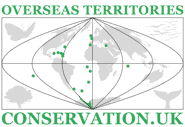Jersey
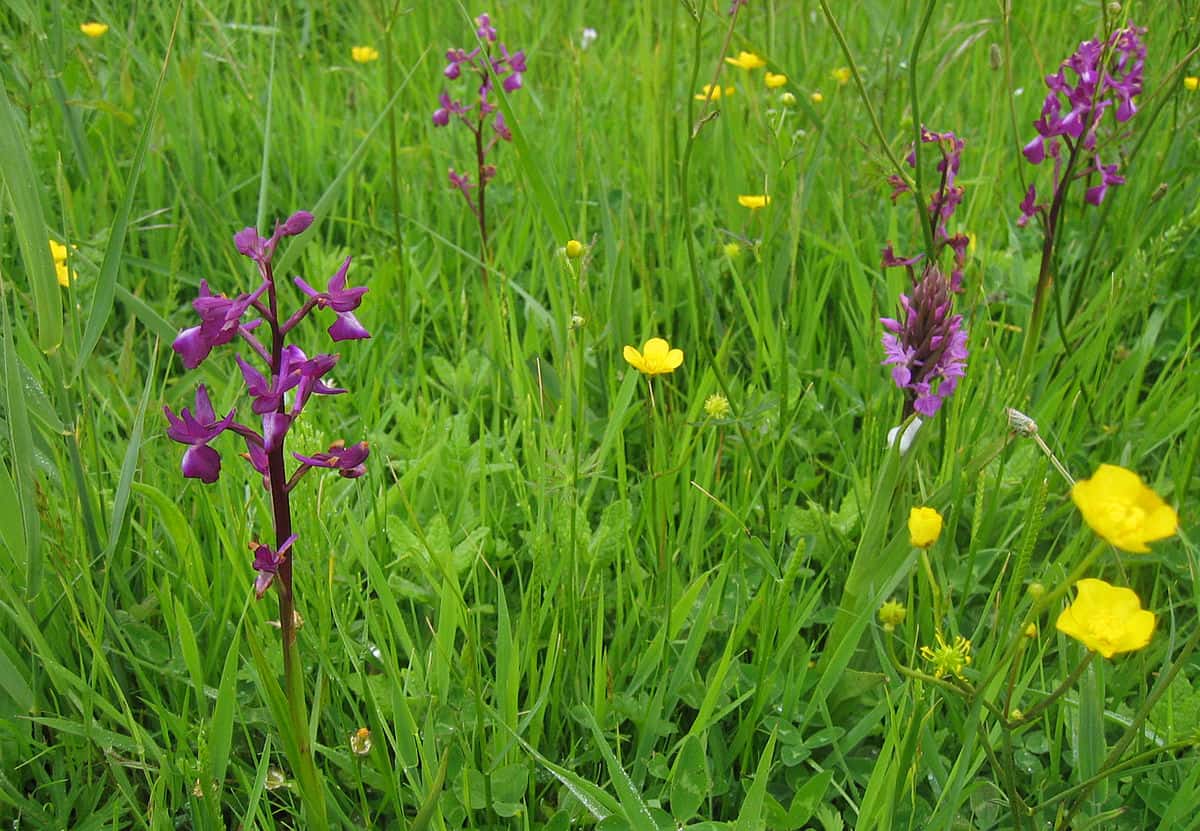
We give information about Jersey in two main ways. Although there is some overlap, they are largely complementary. The virtual tour (opens in new window) uses a set of standard headings for each territory and, within these headings, presents what is essentially an illustrated slide-show, which can be viewed as a whole or by its sections. (If you have a slow internet connection, it may be easier to view the virtual tour.) The articles below are more variable in format and content, as indicated by the links.
The Island
The largest of the Channel Islands, Jersey is situated in the Bay of Mont St Michel, and is little more than 20 km from the northwest coast of Normandy, France, at 49 15 N, 2 10 W.
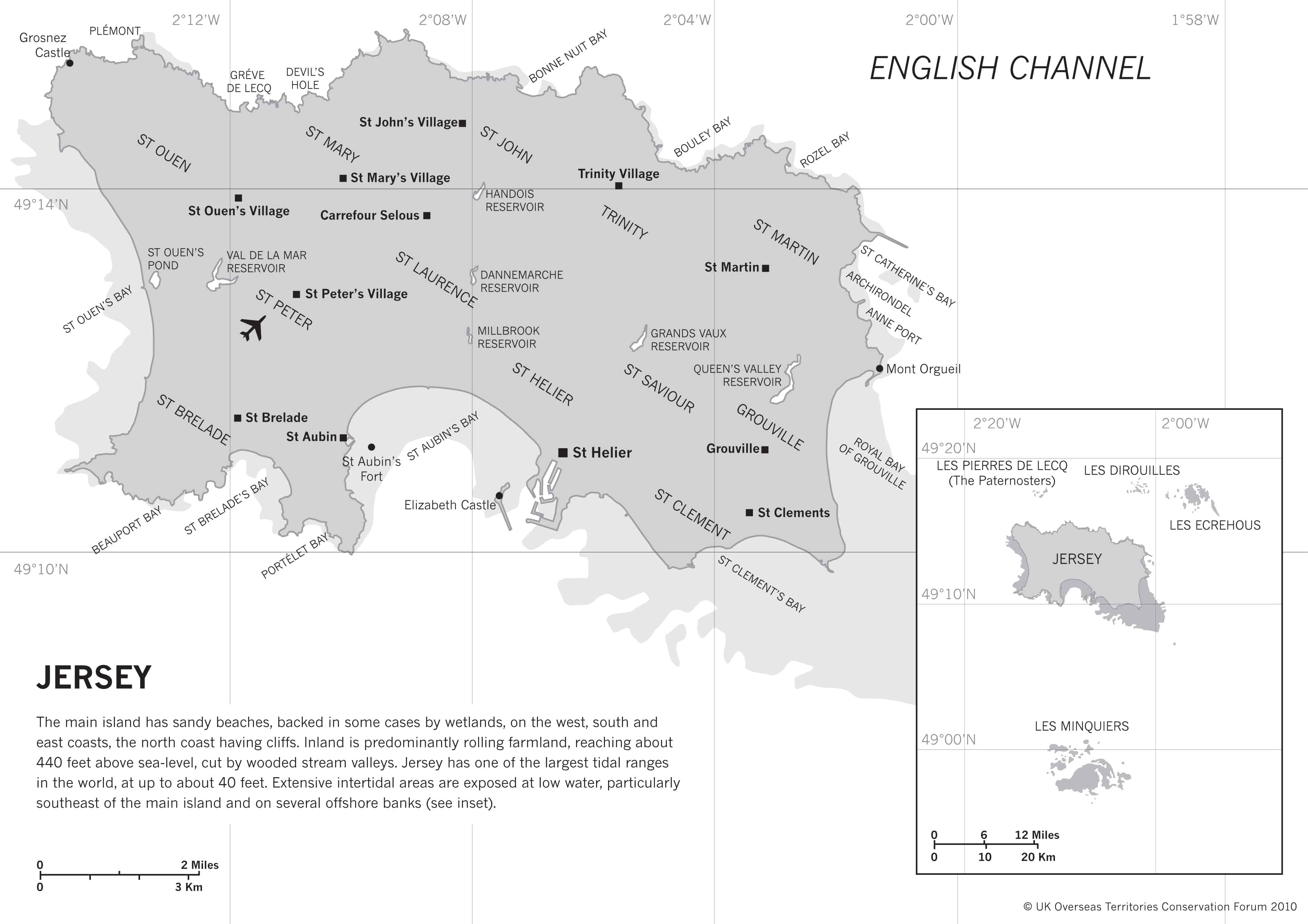
The Bailiwick of Jersey is a British Crown Dependency, an independently administered jurisdiction, neither part of the UK nor the European Union. The UK Government is constitutionally responsible for its defence and international representation.
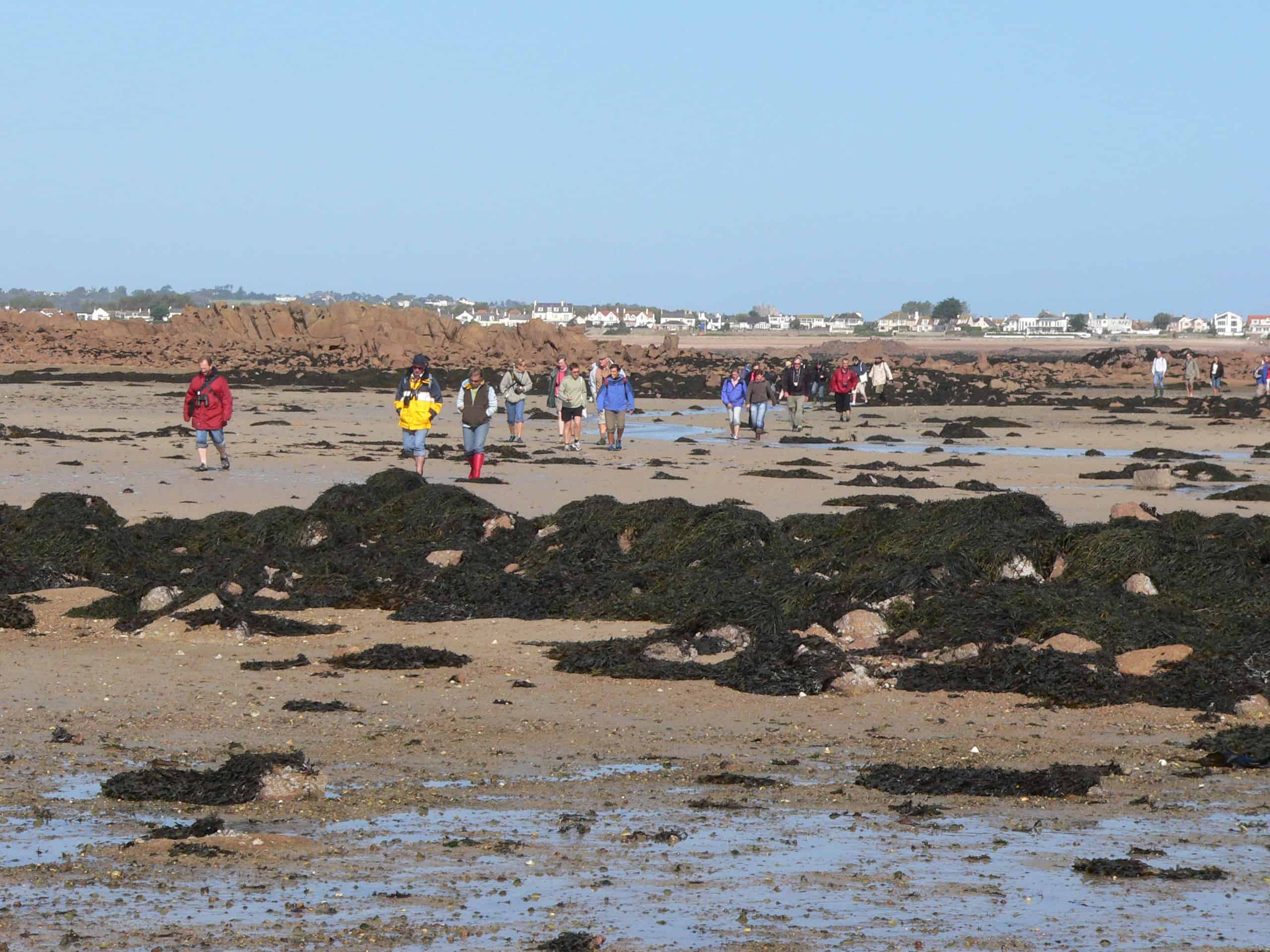
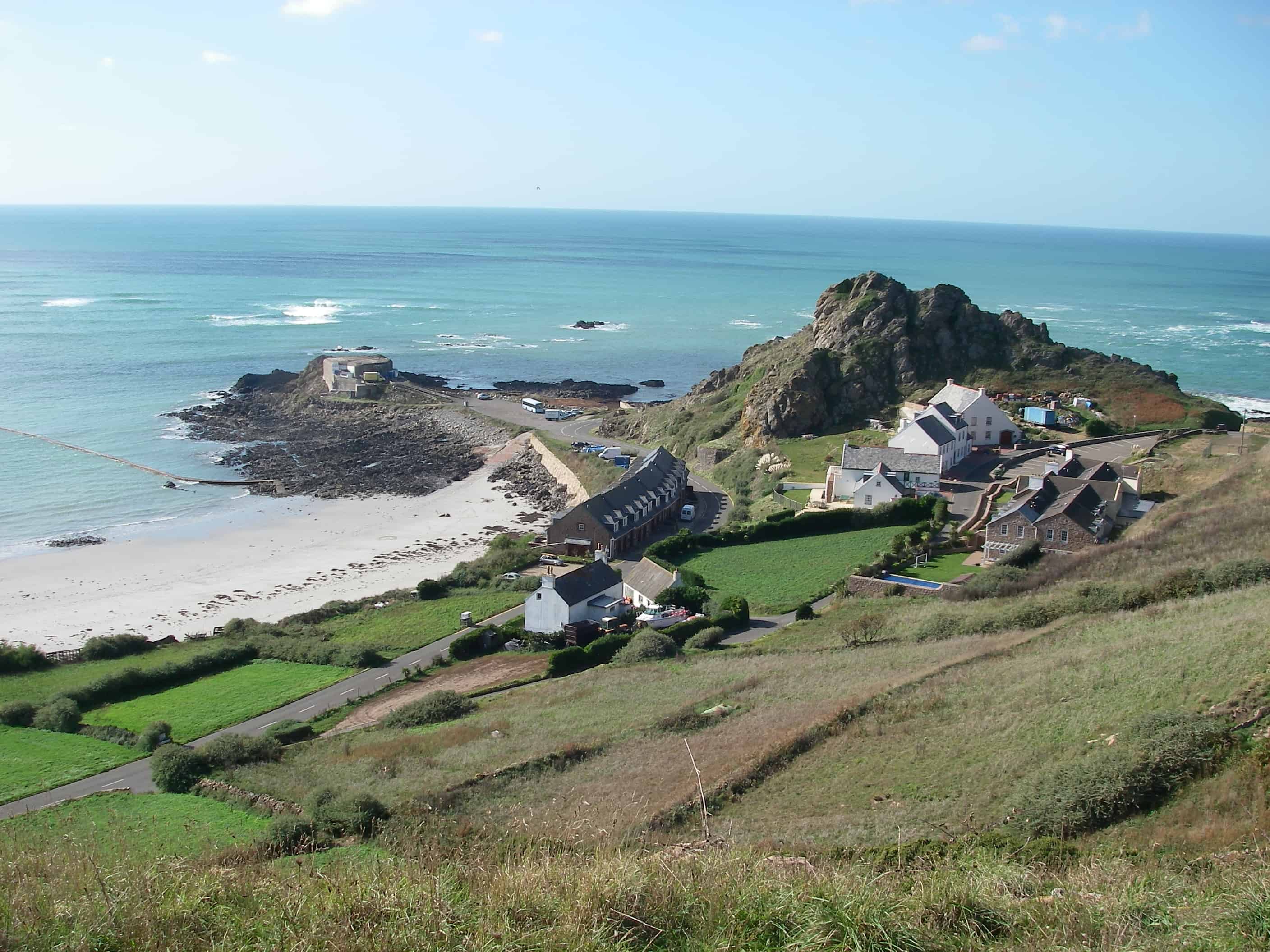
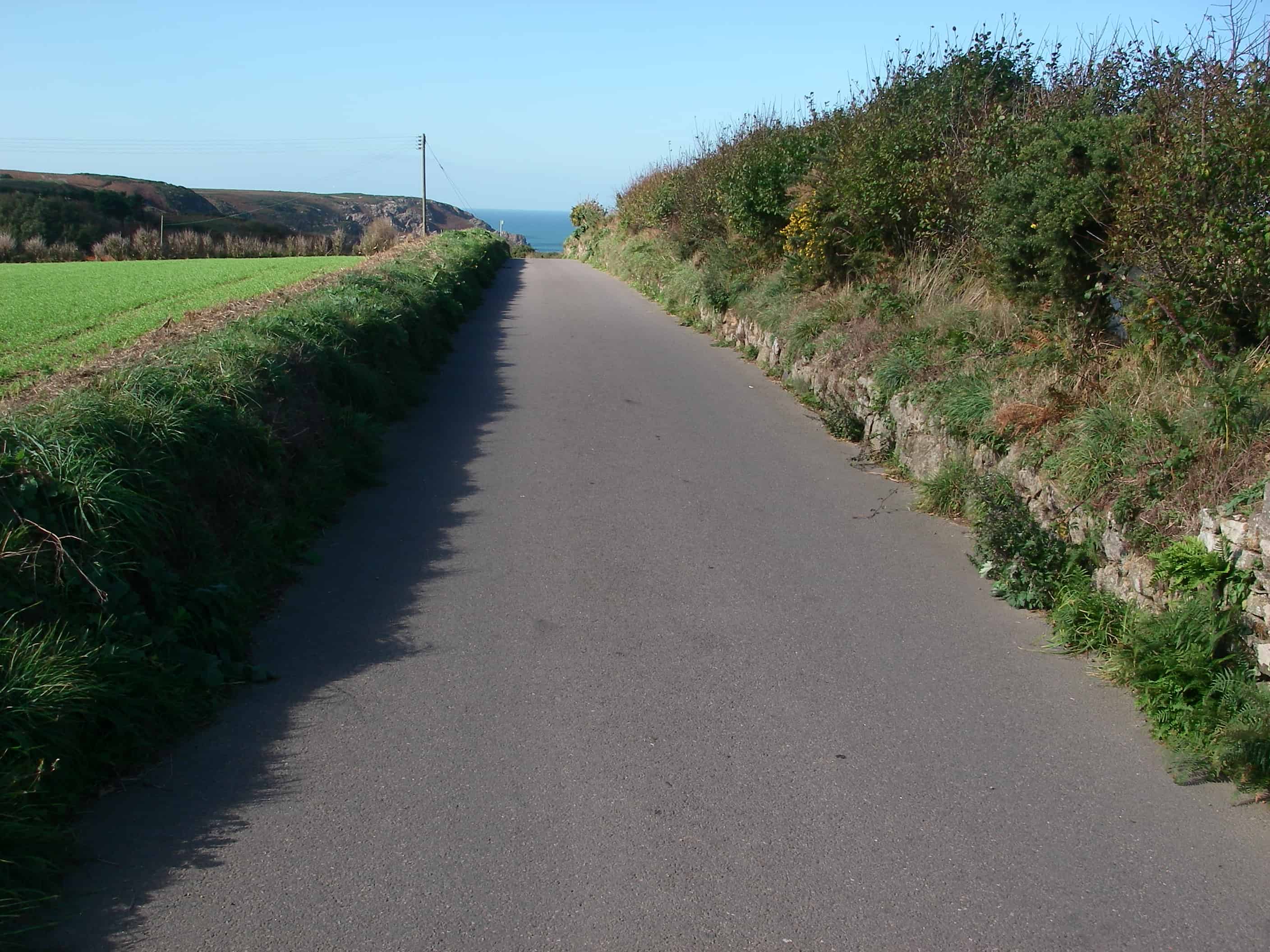
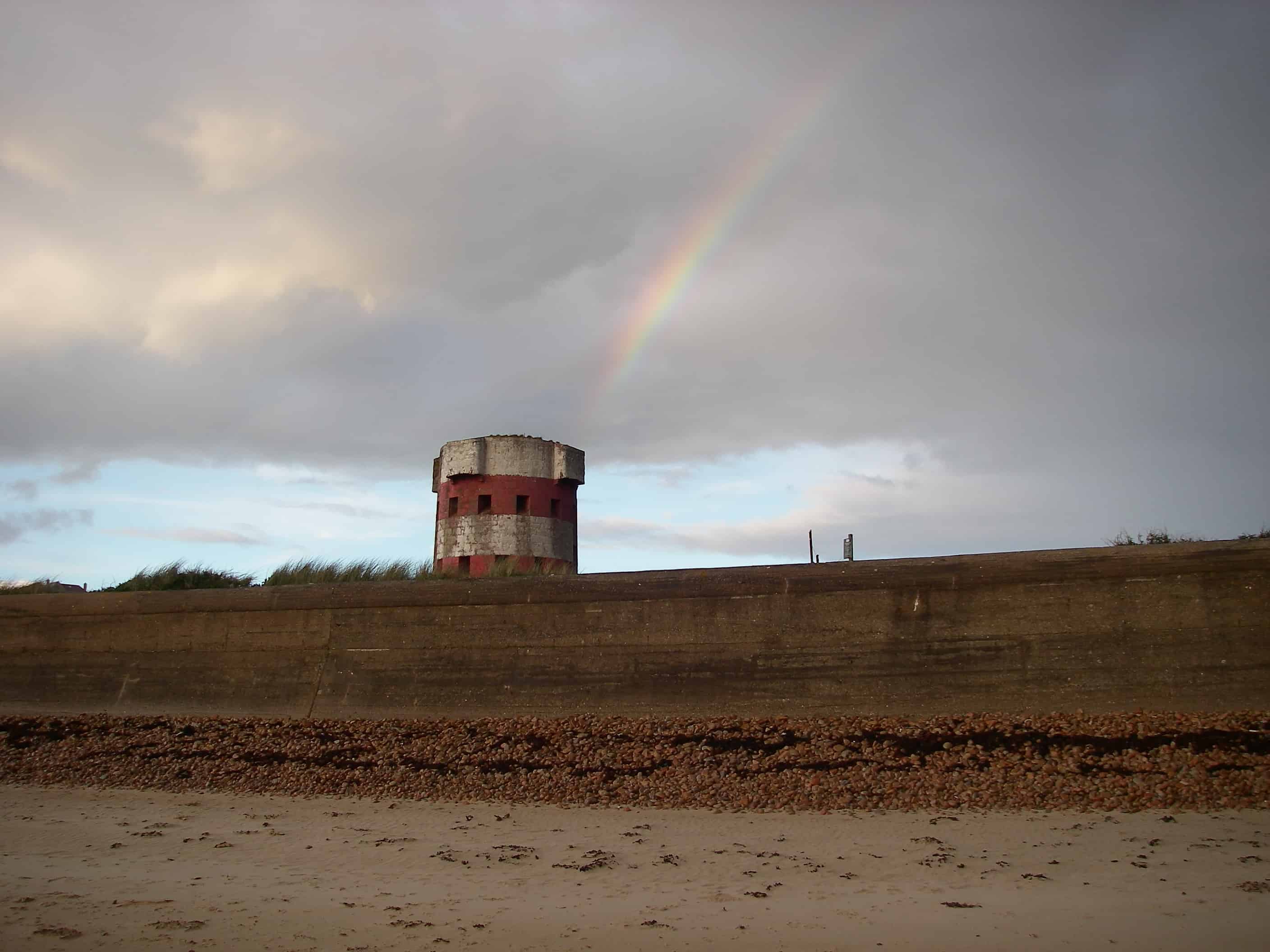
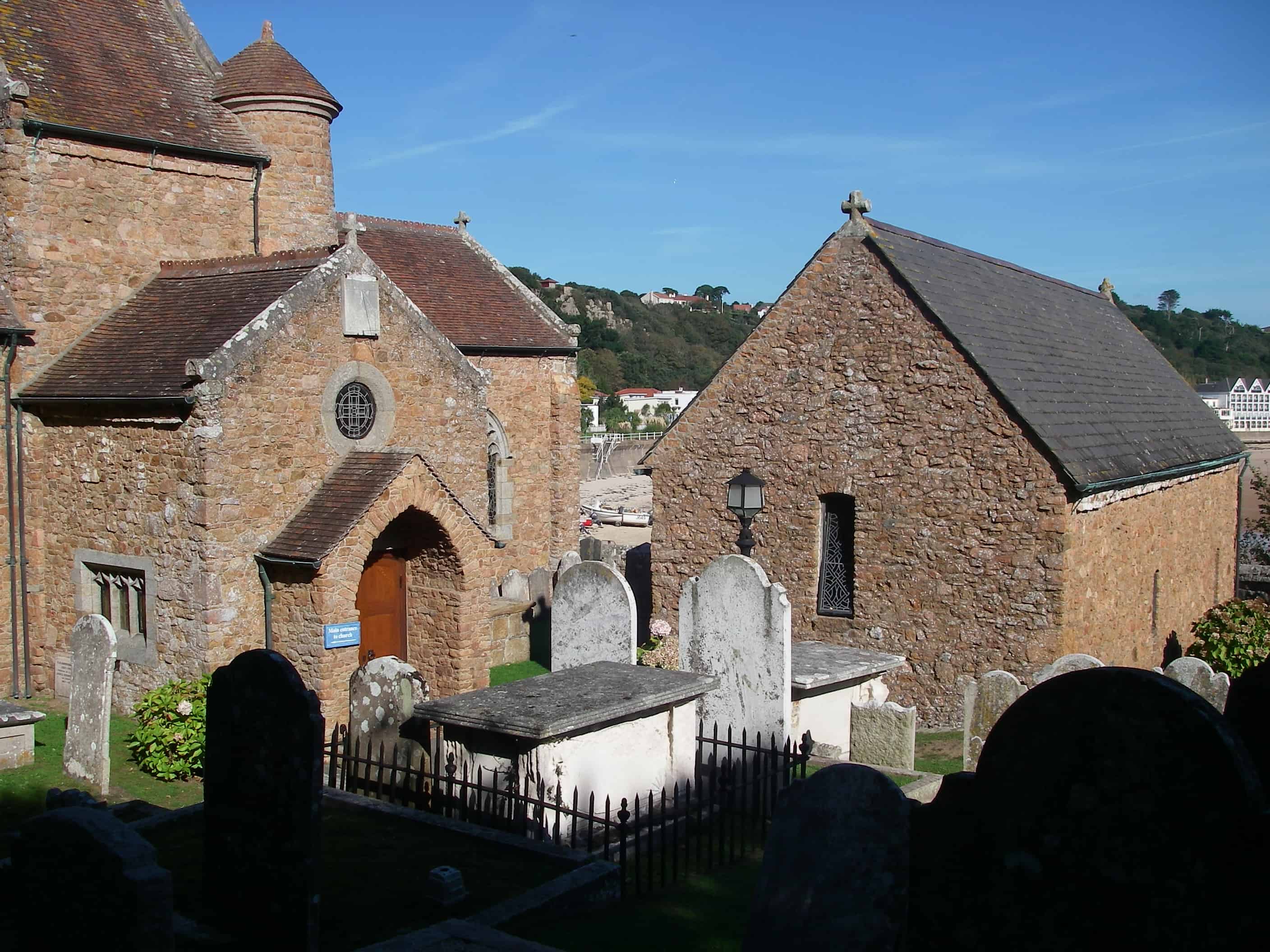
It has a land area of 117 square kilometres. The underlying geology is largely granite and shale. The overlying soils vary between areas of clay, sandy loess, and alluvium with acid soils, particularly over the granite. The climate is milder than that of Great Britain, with mean temperatures of 7°C in January and 18°C in August. Summers are generally warm and dry, with the occasional drought. Winters are usually mild, but with frosts in some years. The island slopes from a height of 153 m on the north coast to 60 m above mean sea level in the south.
Financial services, agriculture, and tourism are the main areas of economic interest. The island’s population density is double that of England and a quarter less than Guernsey (97,857 in 2011, with approximately 600,000 visitors per year, with 20% of the area urban). The area of farmland is 54% of the Island, and a still considerable area (26% of the land) of semi-natural habitats. Jersey is extremely well connected to the outside world, because of the needs of the finance industry and tourism. [Source: CIA Worldfactbook].
Key species and habitats
Jersey’s geographical position partly explains the large number (33) of UK Red Data Book species supported. Species include four reptiles (two lizards, the green (pictured) and wall, not found in the UK), two amphibians (including the agile frog, which is not found in the UK), the red squirrel, several invertebrates rare or not recorded in UK e.g. Jersey tiger moth, and a rich orchid and lichen flora, not to mention the rich marine life, such as red starfish.
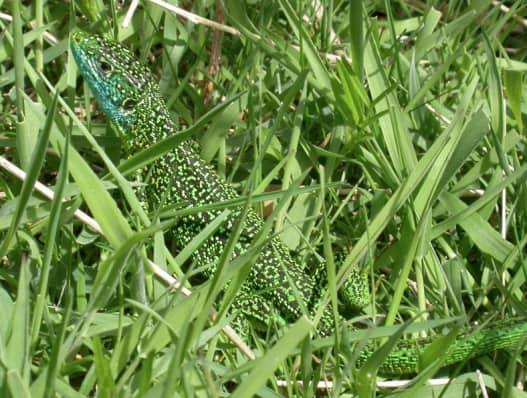
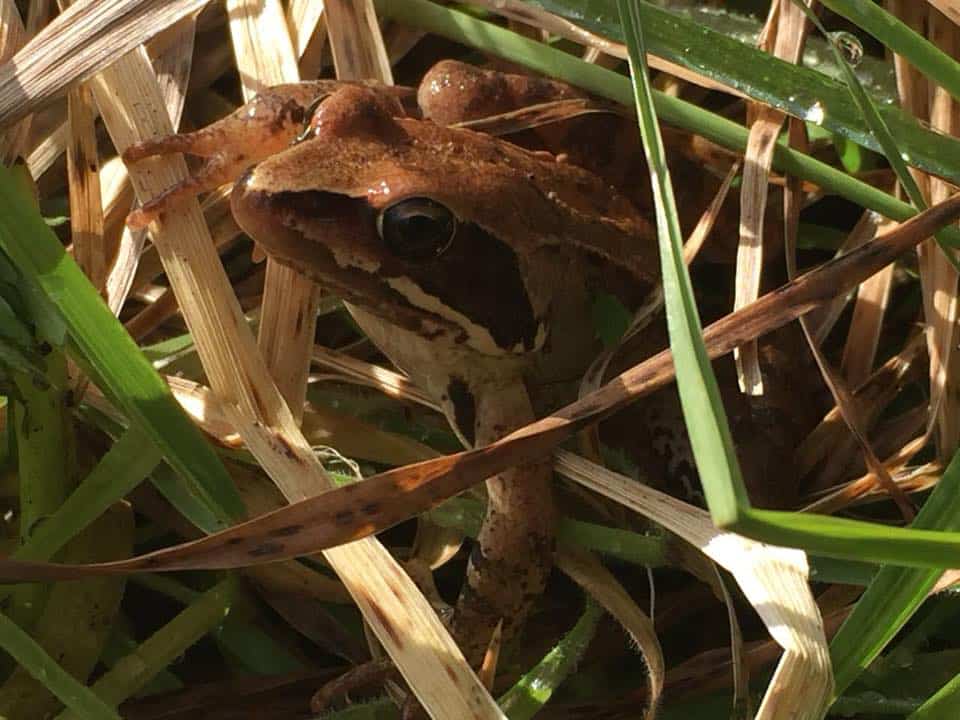
Jersey has designated four largely intertidal Ramsar Sites:
- South-east Coast of Jersey
- Les Écréhous & Les Dirouilles
- Les Minquiers
- Les Pierres de Lecq (the Paternosters)
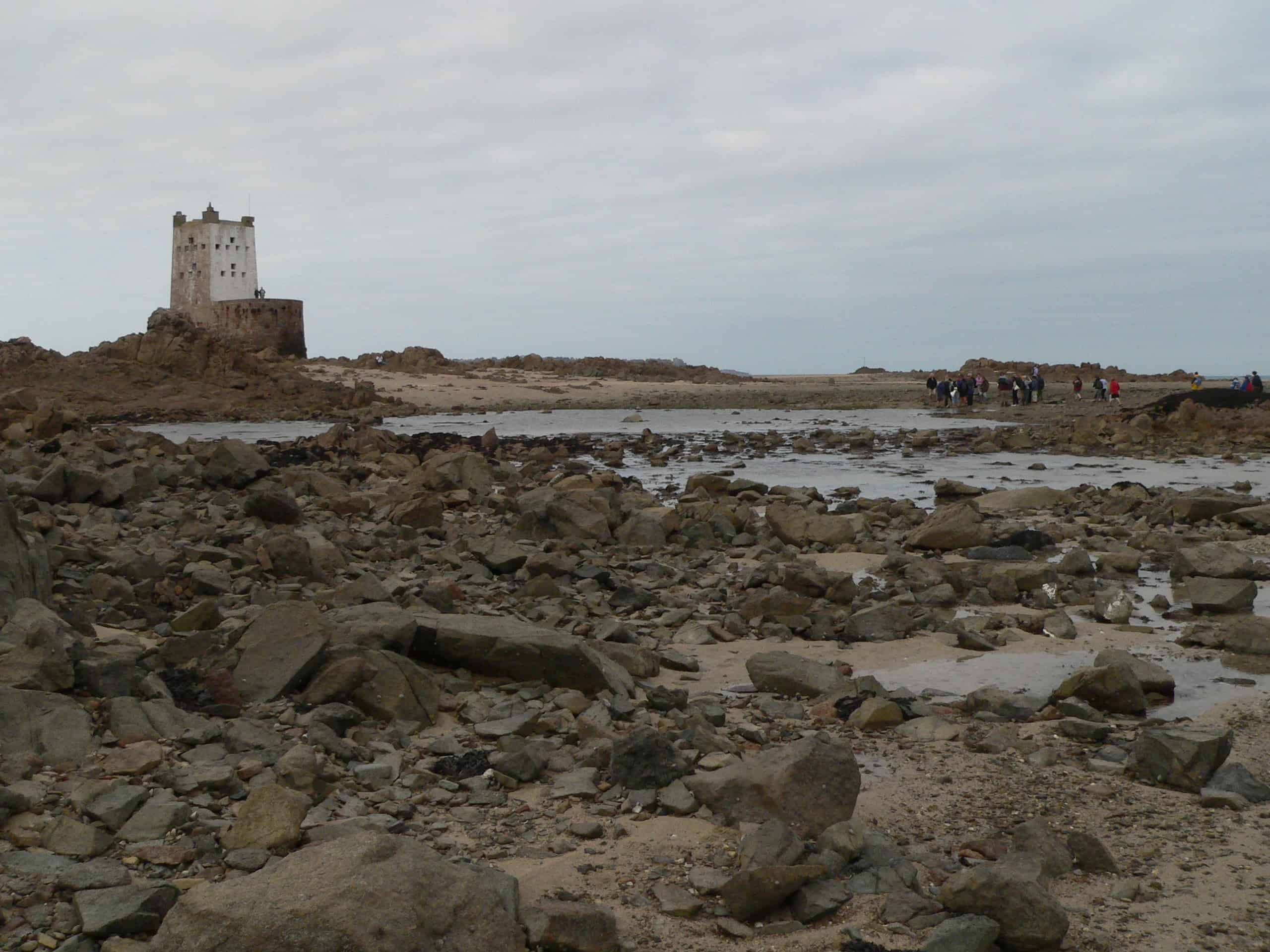
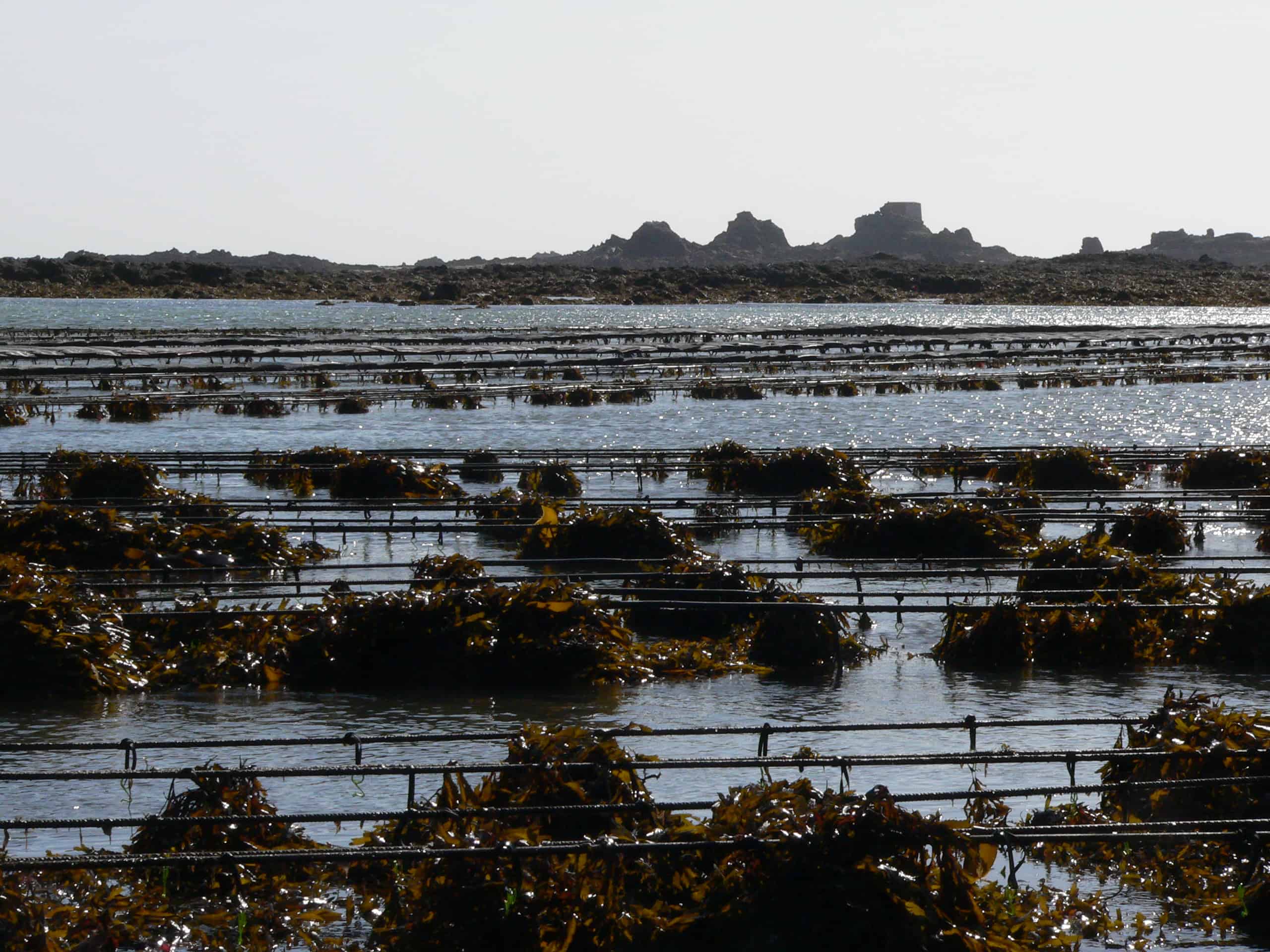
Additional planning protection is provided for the large, relatively undeveloped western coastal plain and scarp slopes. As well as the dunes and dune grassland, the area contains the largest natural fresh-water body in the island: St Ouens Pond which is 4.5 ha, surrounded by 9.0 ha of reed beds. The associated wet meadows, with a rich orchid flora; loose-flowered or Jersey orchid (see banner image at top) and the dune grassland make this an exceptionally rich area botanically.
Conservation and local bodies
Numerous activities are carried out by conservation bodies to protect Jersey’s wildlife and habitats. Some recent examples build on strong partnerships are:
- Birds on the Edge, a partnership on island between the Jersey National Trust, States of Jersey and Durrell Wildlife Conservation Trust. It combines several aspects, including land management, but aims at re-establishing Choughs in Jersey. Restoring habitat along the island’s coastal heathland and grassland is an important element. The project works closely with the farming community to establish sacrificial crops which provides supplementary feeding to a number of migratory birds over the winter. Sorel Point on the Island’s north coast is one such area where the National Trust is working with partners in order to provide habitat for birds and other biodiversity, including invertebrates and the all important pollinators. Here, a flock of Manx Loaghtan sheep graze the land up to the cliff-tops. As for the choughs, in 2013 seven sub-adults were moved into a purpose-built aviary. In 2019, they are hoping that 14 pairs will breed successfully.
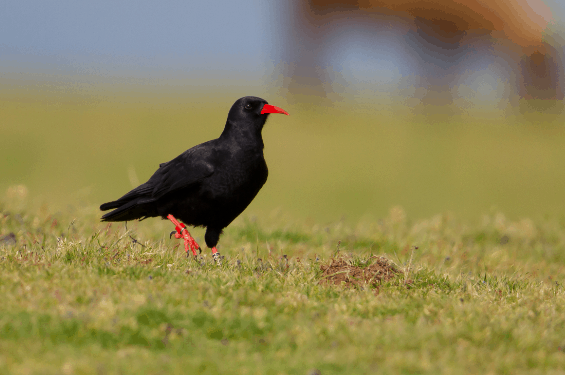
- Plémont, a former holiday campsite, found in the northwest corner of Jersey, was at risk from proposed development which would have included 140 homes. However, recognizing the importance of the site for its natural features, including as the last site on island where puffins are found (although only a handful of pairs), the States and the National Trust purchased the land for £7.5m with the aim of returning the site to nature.
Active bodies working towards safeguarding Jersey’s natural heritage include:
- The National Trust for Jersey (founded in 1936) is an independent and charitable organisation dedicated to preserving and safeguarding sites of historic, aesthetic and natural interest for the benefit of the island. It manages 23 historic buildings on the island, including Jersey cottages, farms, townhouses and watermills, as well as a number of natural sites.
- La Société Jersiaise (founded in 1873) for the study of Jersey archaeology, history, natural history, the ancient language and the conservation of the environment.
- States of Jersey Department of Environment aims to safeguard Jersey’s natural and historic environment by giving guidance to planning and building in Jersey.
- Durrell Wildlife Conservation Trust aims to promote the conservation of wildlife throughout the world by the preservation and breeding of endangered species, both in Jersey and the animal’s natural habitat. They have a number of programmes around the world including in some of the UKOTs, e.g. Montserrat’s mountain chicken frog.
- Jersey Marine Conservation aims to preserve the Islands importance as a unique and key marine environment. On a voluntary basis, the groups’ divers carry out the monitoring of underwater species and habitats, fulfilling the requirements needed to safe-guard the long-term future of the islands community.
- Sangan Conservation was founded to provide specialise ecological surveys, conservation land management, conservation research and environmental education.
- Jersey Bats exists to protect the 8 species of bats occurring on Jersey. They take part in various activities across the island as well as long-term research on the bats ecology, behaviour and habitats.
